It is more common on the North rather than South Island where it is currently (October) in flower:
|
Drymoanthus adversus or the "green fleshy tree orchid" is much more exciting than either of its names suggest! This wonderful, delicate orchid is rather small, with leaves usually only numbering 2 or 3 that grow to around 6 centimetres in length. It is a close friend of flaky-barked host trees like tōtara and can often be found holding tight with fleshy white roots. It is more common on the North rather than South Island where it is currently (October) in flower: The green or greenish-white flowers of Drymoanthus adversus occur in bunches (inflorescences) that can be up to 8 cm long and usually sit just beneath the leaves. The flowers are only 4 mm it width and have purplish flecks. Sometimes you can find the stalks of old flower bunches still on the plants. Pollinated flowers develop into capsules that enclose many thousands of seeds with curled, woolly hairs. Everything about this species makes it hard to spot, especially if its host is also home to a lot of moss and lichen. Individual Drymoanthus adversus plants can occasionally create large clumps with many leaves: The NZ Native Orchid Group have some great photos of this species on their website. Here are a few more of ours: Feel free to share any of your own photos of this neat little plant, or maybe suggestions for a better name than "fleshy, green tree orchid"?!
3 Comments
The idea was born sometime around 2010 after a team of MSc students at the University of Waikato spent their summers studying epiphytes. These keen students realised that there was a need for a single information source on the epiphytes, vines and mistletoes of New Zealand after they got rather tired of lugging 5 different field guides around the forest. At the time, each book covered a few of the species they were coming across; one for the ferns, one for the orchids, a few for the vines etc. The idea became a reality when the Environmental Research Institute (ERI) at the University of Waikato gave it the backing it needed. Three years on and with the help of 43 photographers and 10 reviewers, including Professors John Dawson and Gerhard Zotz, it is almost done! The Field Guide to New Zealand's Epiphytes, Vines and Mistletoes by Catherine Kirby features 268 pages, 103 species and 320 superb photographs. It is being released at a special launch on the 11th of December 2014. Preparing the field guide has been a fun and interesting journey. The species information was gathered from a wide range of sources including the NZ Flora series, NZPCN, Journal Articles and books. This information was then complimented by personal observations and expert contributions. Each species description includes details on the key features of the plant, its habitat, flowering and fruiting times (where applicable), threats and identification clues. Many people from around New Zealand and the world were extremely kind in donating their photos to the publication. The full colour, high quality images are essential for identification and make the book very user-friendly. It is hoped that this field guide will be a catalyst and tool for more people to learn about our amazing epiphytes, vines and mistletoes. Please see the following flyer or the field guide page for a pre-release special offer (available 20th October to 10th November 2014) if you fancy your own copy:
Recent research by Maria Zachwatowicz and colleagues from Warsaw University in Poland has investigated urban populations of Viscum album mistletoes in the city of Warsaw. The aims of this study were to:
The distribution and abundance of mistletoes on host trees was surveyed for three winters in a row. Analysis of this data showed that:
The researchers conclude that Viscum album has a wide range of ecological adaptations that allow it to thrive in city environments. They suggest that it could therefore be labelled as a synanthrophic species: "plants that live near, and benefit from, an association with humans and the somewhat artificial habitats that humans create around them". How does the mistletoe situation in New Zealand compare? Well, most of our mistletoes (Alepis flavida, Peraxilla tetrapetala, Peraxilla colensoi, Tupeia antarctica) are actually in decline due to human-induced changes to their habitats. However, pirita (Ileostylus micranthus) seems to be doing ok and can be found, for example, in the Dunedin Gardens and Cemetery:
We've got a quiz for you this week; can you match the photos of fruit from different epiphytes, vines and mistletoes to the correct species? Hint: not all of the fruit in these photos is ripe. All photos (c) C. Kirby. Species:
a. Kohia (Passiflora tetrandra) b. Tāwhiri karo (Pittosporum cornifolium) c. Pikirangi (Peraxilla tetrapetala) d. Pekapeka (Winika cunninghamii) e. Kahakaha (Collospermum hastatum) f. Kōwharawhara (Astelia solandri) g. Pirita (Alepis flavida) h. Tāpia (Tupeia antarctica) i. Puawānanga (Clematis paniculata) j. Kareao (Ripogonum scandens) Its interesting to see the range of fruit and associated dispersal mechanisms from these plants. How well did your matching go? Here are the answers. Highlight the following with your cursor (best done on the website rather than email): 1-j 2-f 3-e 4-h 5-c 6-b 7-i 8-g 9-a 10-d |
Subscribe to NZ Epiphyte Blog:Like us on Facebook!
Catherine KirbyI work with NZ's native vascular epiphytes at the University of Waikato. I completed an MSc on epiphyte ecology and the shrub epiphyte Griselinia lucida and have recently published the Field Guide to NZ's Epiphytes, Vines & Mistletoes. Categories
All
Archives
August 2016
|
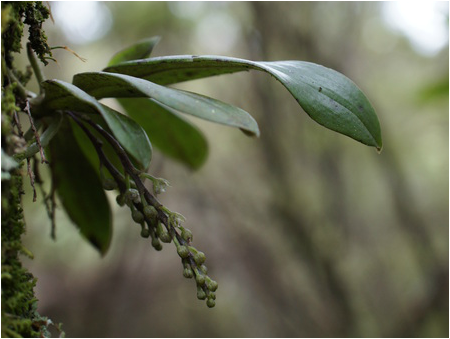
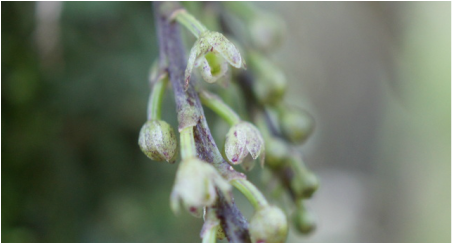
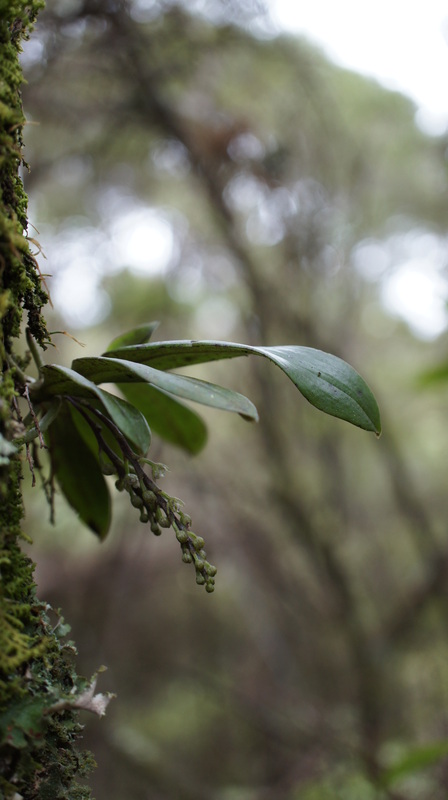

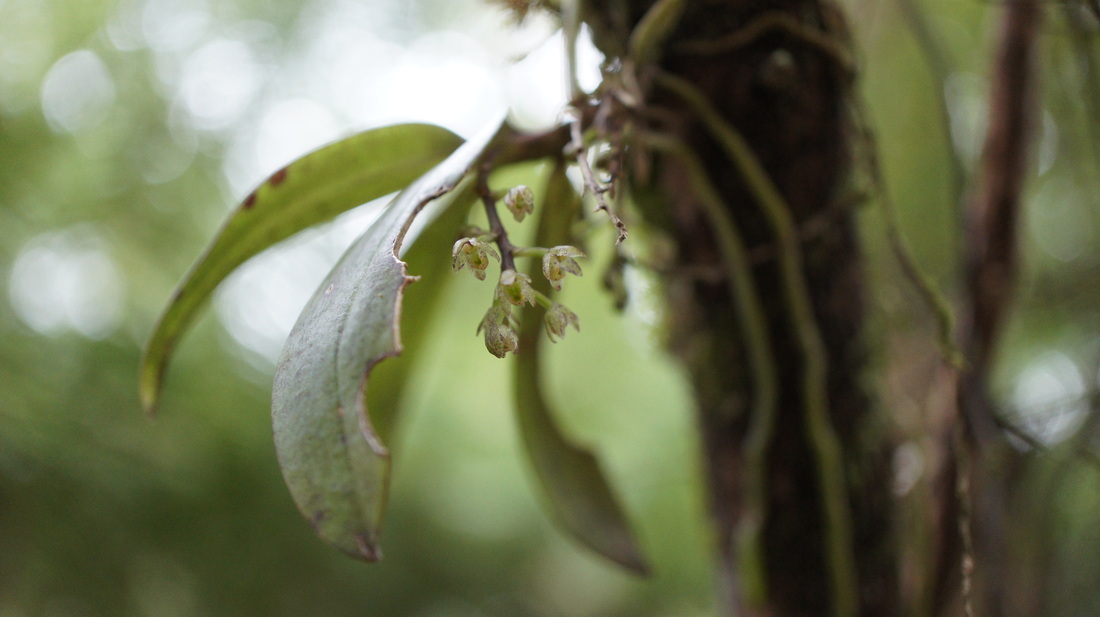
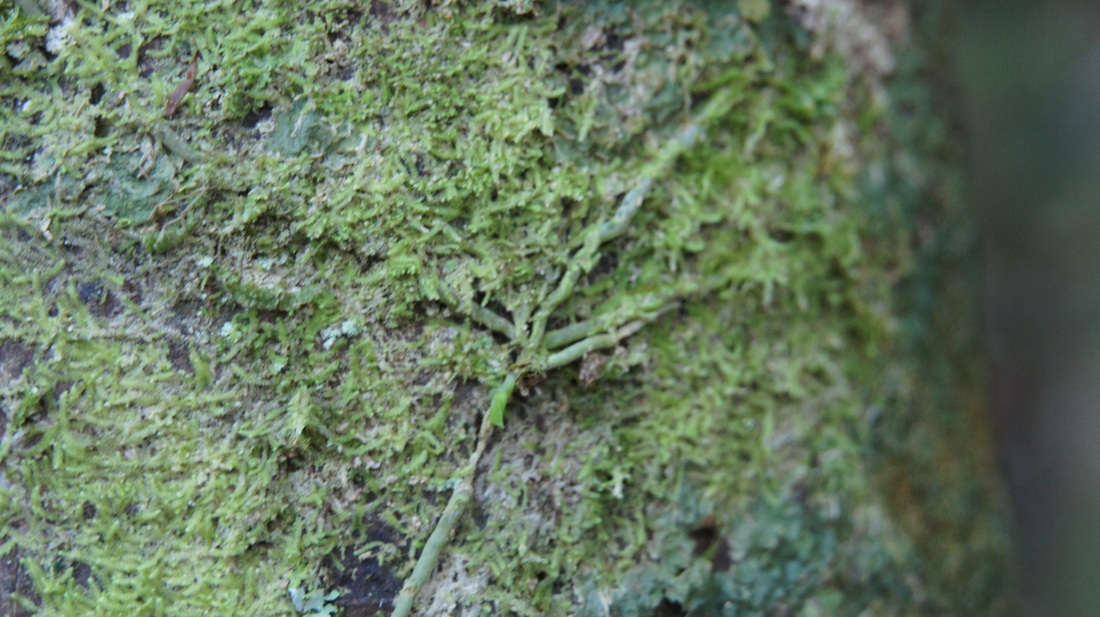
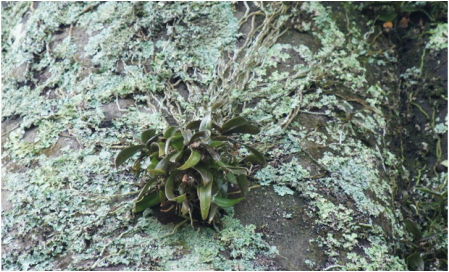
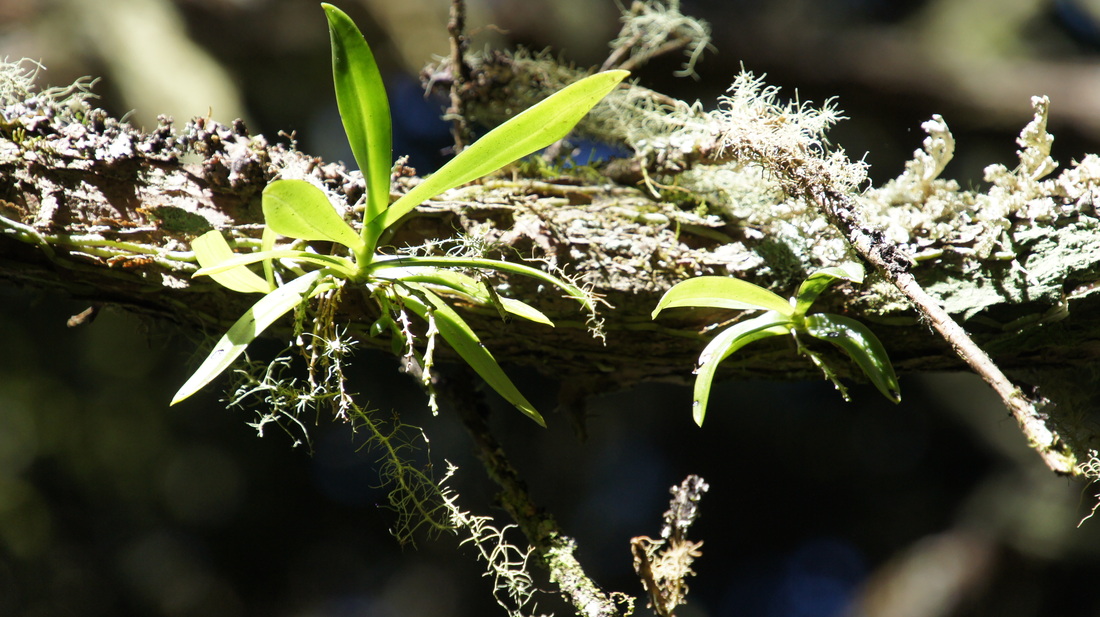
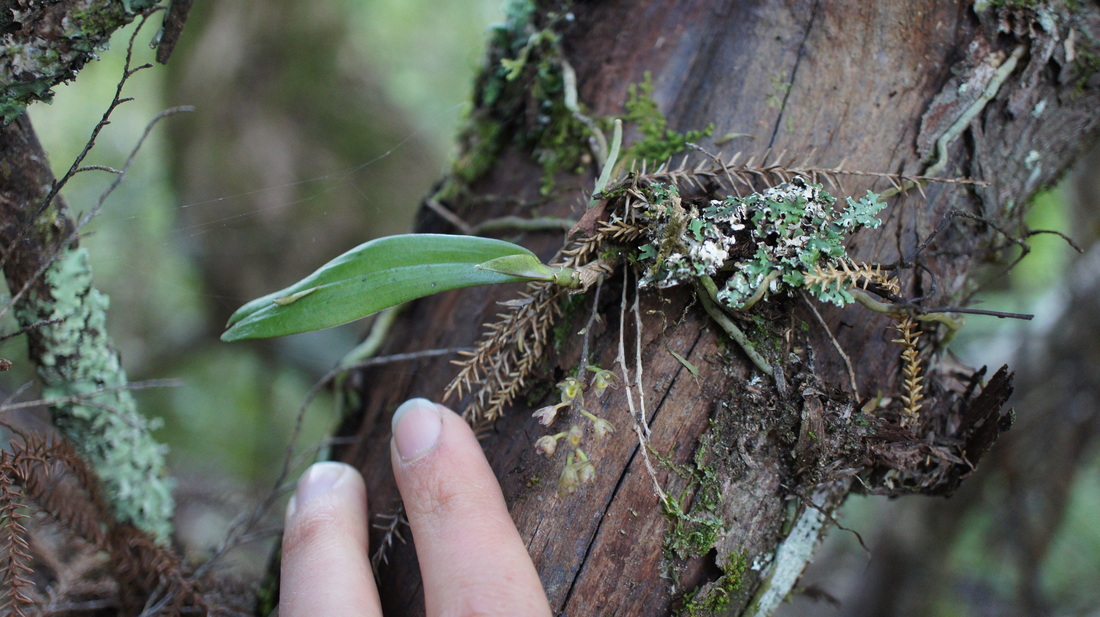
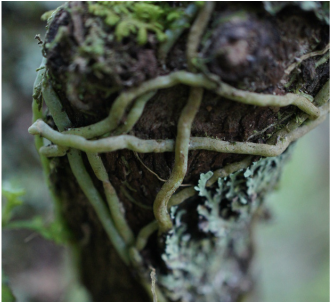
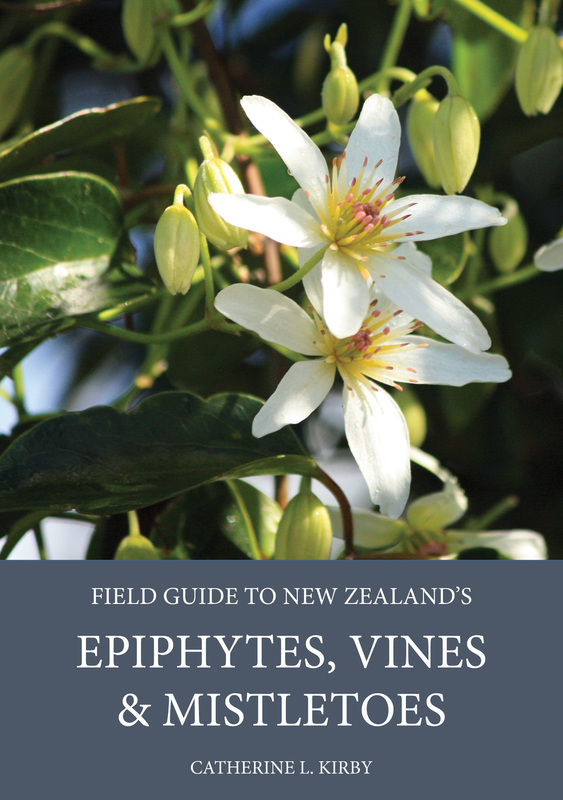
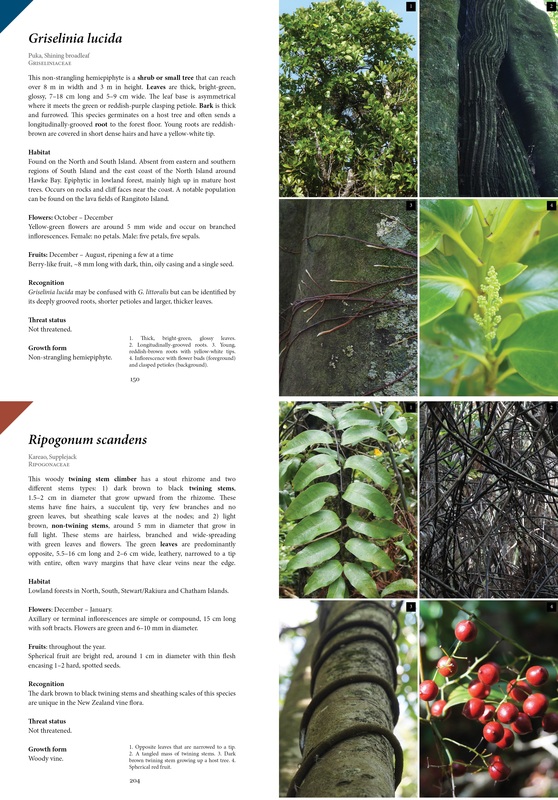
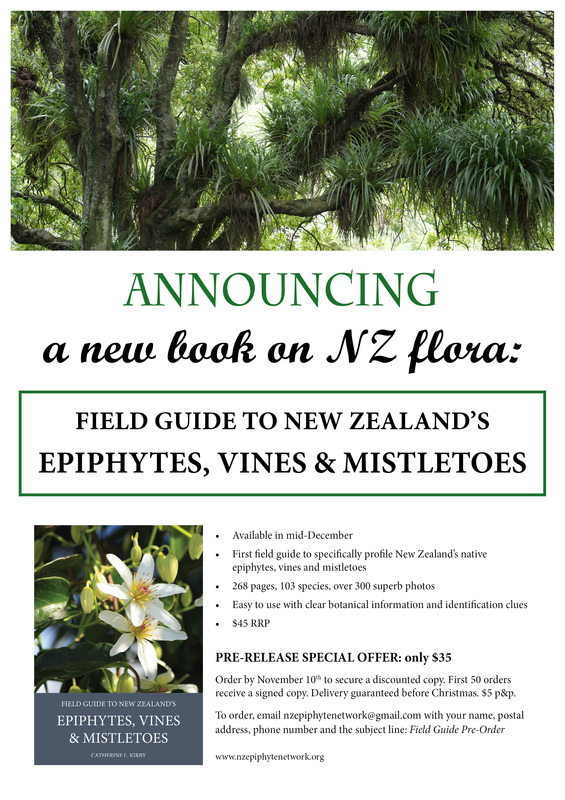
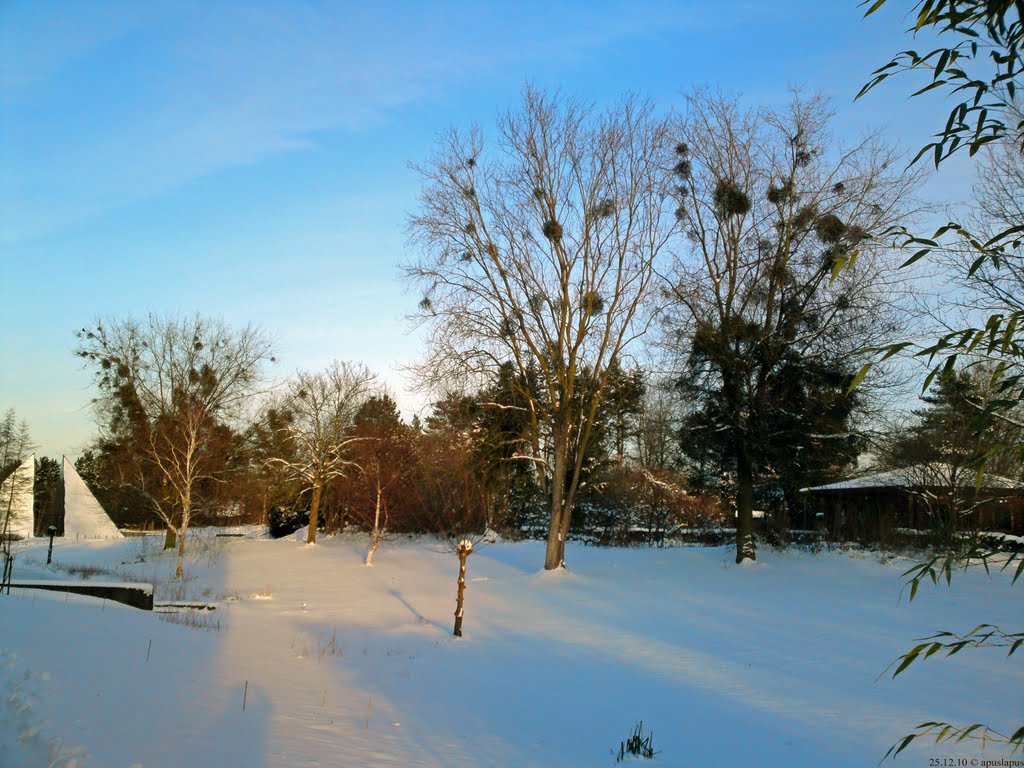
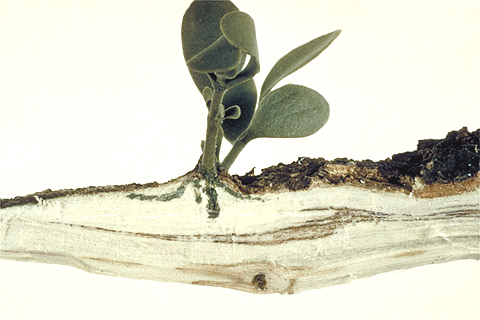
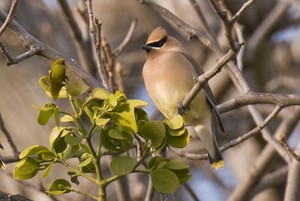
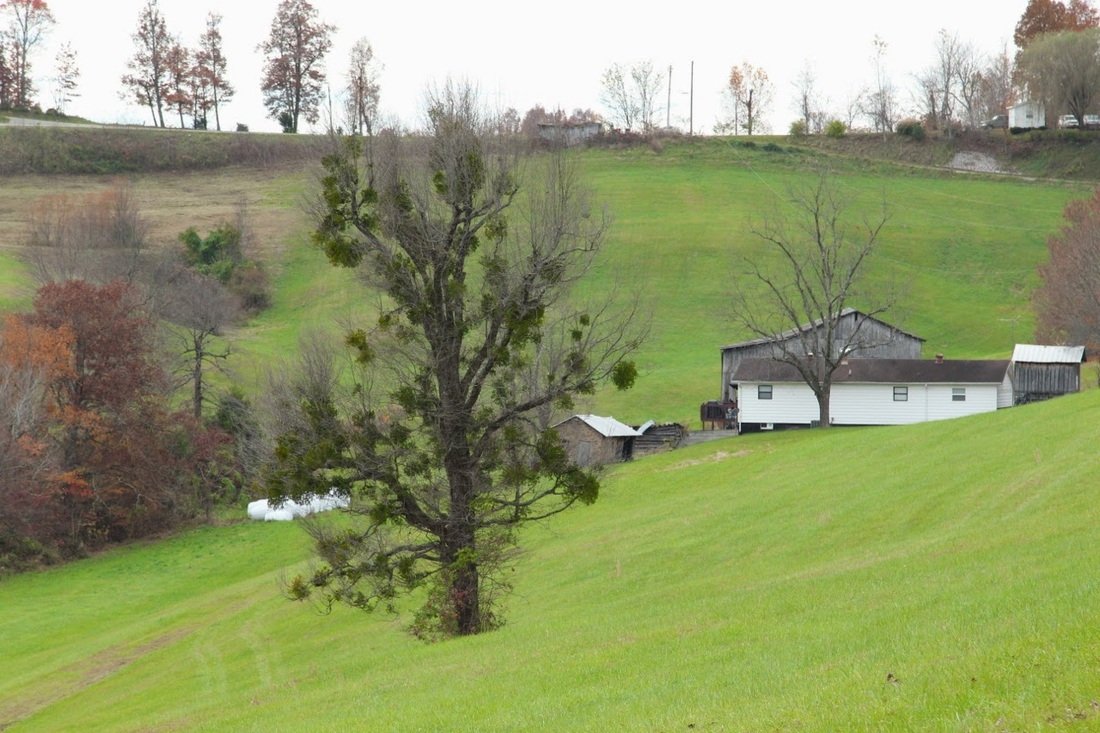

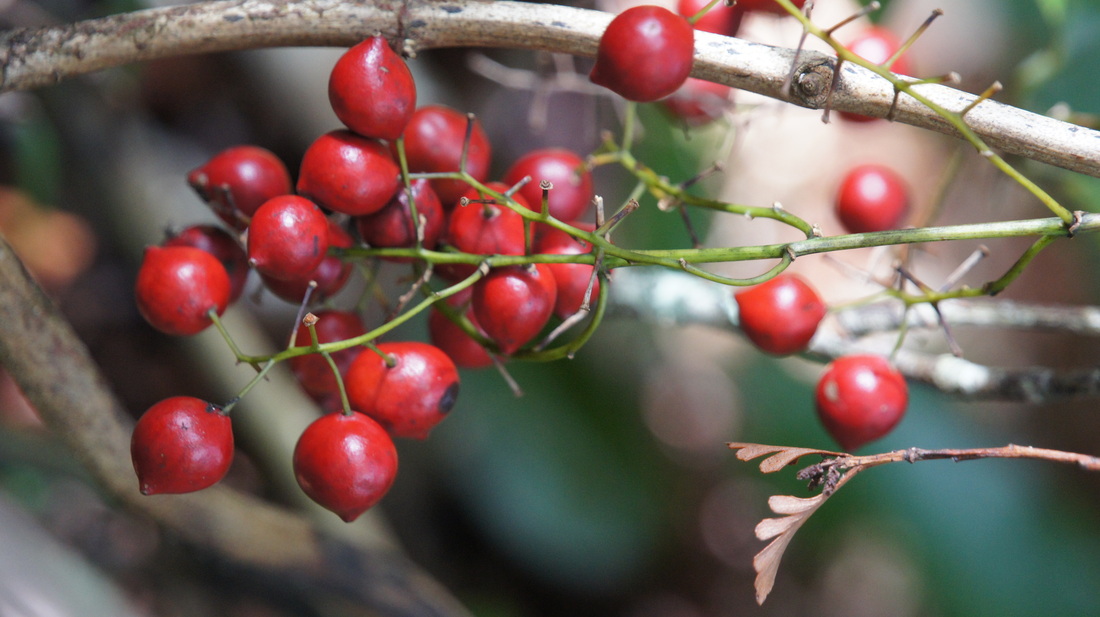
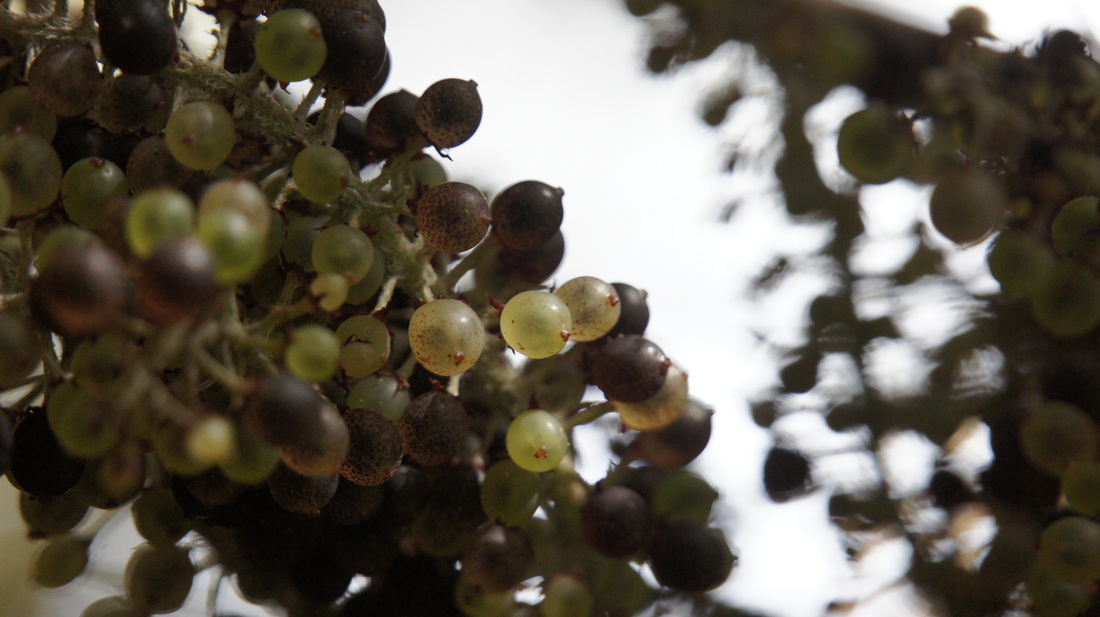
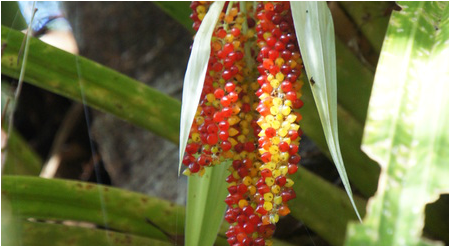
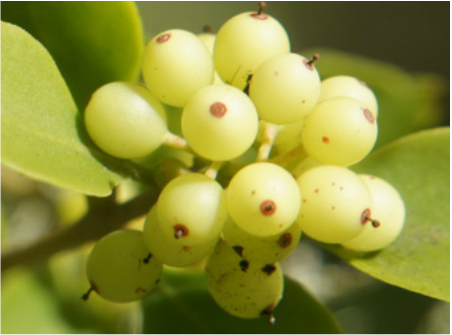
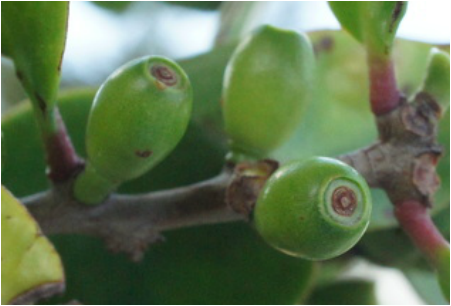
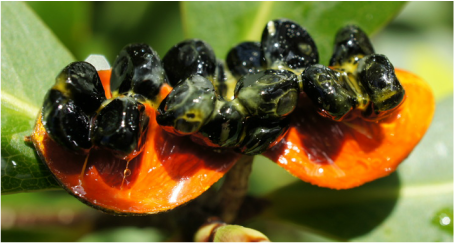
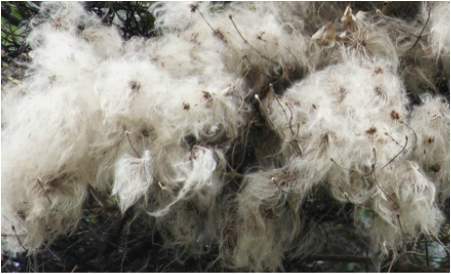
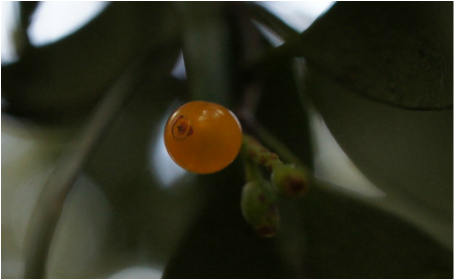
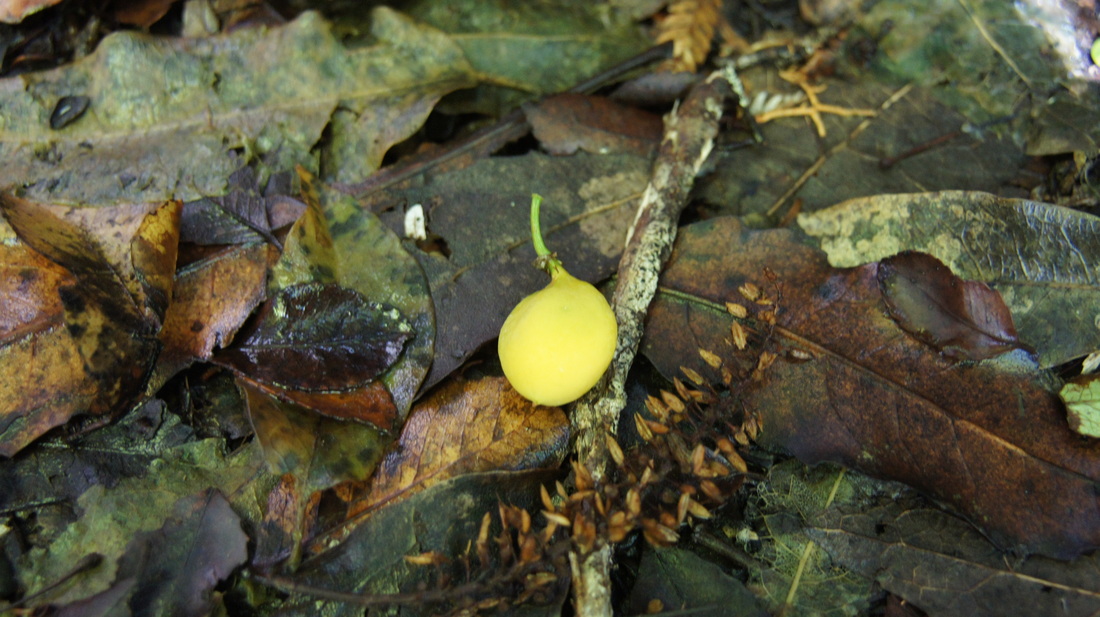
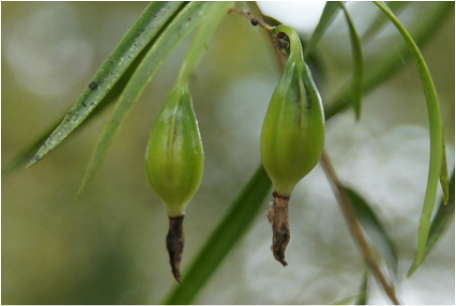

 RSS Feed
RSS Feed
